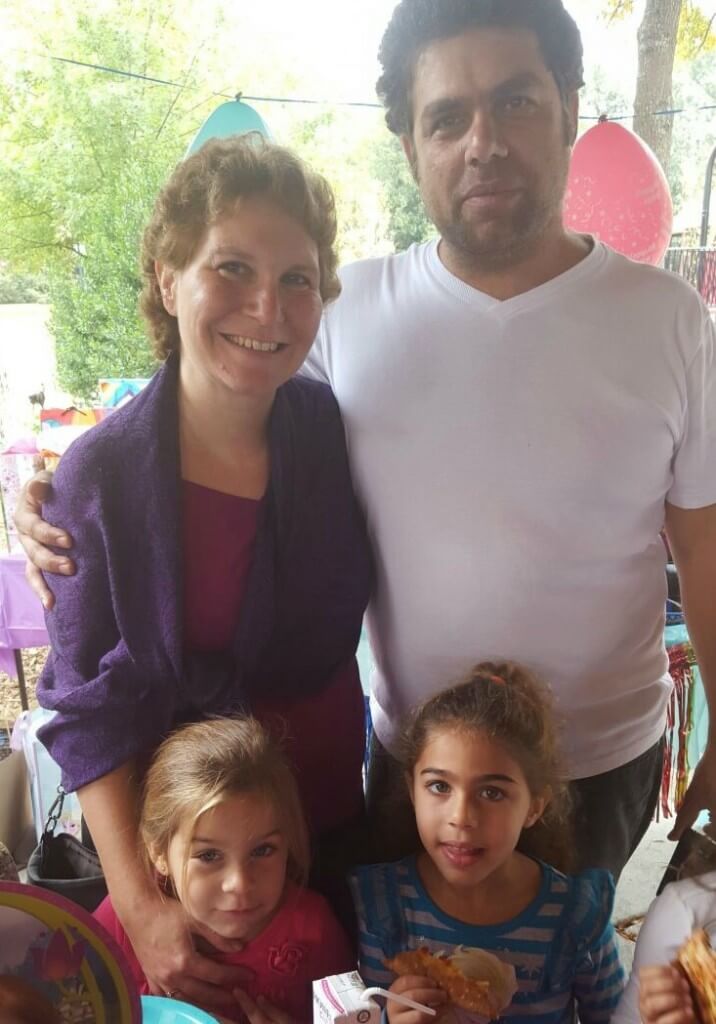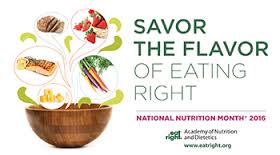Evidence Update: Resistance Training Reduces Fatigue and Increases Quality of Life in Breast Cancer Survivors

A recent study examined the benefits of resistance training (as an adjunct to usual care) on quality of life and fatigue in breast cancer survivors. Subjects in the study were 39 breast cancer survivors, with an average age of 52 years and average time since diagnosis of 12 months. Fatigue and quality of life were measured with standard self-report questionnaires. Subjects were divided into two groups, an exercise and control group (usual activity only). The exercise group received supervised resistance training 3 days per week for 16 weeks. Perceptions of fatigue and quality of life improved significantly in the resistance training group compared to controls. The authors concluded that resistance training significantly improves fatigue and quality of life in breast cancer survivors. Hagstrom AD et al. Resistance training improves fatigue and quality of life in previously sedentary breast cancer survivors: a randomised controlled trial. Eur J Cancer Care (Engl). 2015 Nov 23. doi: 10.1111/ecc.12422. [Epub ahead of print] Resistance training (often used interchangeably with “strength training”) is the process of stressing the body (usually with weights, resistance bands, or the bodyweight) to increase a muscle’s size, strength, and/or endurance.
Patient Perspective: Hani Levy

My Breast Cancer Journey I was diagnosed with breast cancer when I was 38 years old. I felt a lump in my breast, but as a mother of 2 girls it was difficult to go to the doctor. I started to feel bad and lose weight. At my ob/gyn appointment I mentioned my symptoms and the lump I felt in my breast. My doctor sent me for lab tests and mammography. I remember feeling that something was wrong and then I got a phone call a few days later from my doctor. My husband and I could not believe that I had breast cancer! I had no family history and I maintain a healthy life style. It was hard to accept. I had so many plans, I passed the CLEP (college credit) test and I was going to study for the NPTE (Physical Therapy) exam. Most importantly I wanted another child. We make plans and God has his own plans for us. I had to put all my plans on hold for at least a year. I came to TurningPoint after my lumpectomy. My friend Claire is a former patient and told me about the clinic. I felt bad both physically and emotionally, https://buyzolpideminsomnia.com. I could not pick up my girls and was about to start chemotherapy. TurningPoint was there for me. The whole staff supported me and my goals. Everyone gave me good advice on how to cope with my situation. I started to go to the Pilates group which is also my support group. Lauren and Anita are like two angels, always there to show me I can do it and even if I can’t that it’s not the end of the world. This group of women is amazing! They gave me strength and reminded me of who I am. The journey did not end when I finished chemotherapy and radiation. This is a journey I will take the rest of my life, and TurningPoint is helping me make this journey! I am so grateful to Claire who introduced me to TurningPoint. The whole staff is always there to give hugs or the advice that I need.
Nutrition Q&A: March is National Nutrition Month

Q: What exactly is National Nutrition Month? A: Education on healthy lifestyle. March is National Nutrition Month is a nutrition education campaign of the Academy of Nutrition and Dietetics (formerly known as The American Dietetic Association). National Nutrition Month takes place annually to educate the public of the importance of a healthy lifestyle. Each year the Academy sets a themed campaign that focuses on the importance of making informed food choices and developing sound eating and exercise habits. This year’s theme, “Savor the Flavor of Eating Right” encourages everyone to enjoy food traditions and appreciate the pleasures, great flavors and social experience that food can add to our lives. This year the Academy encourages adding the different flavors of herbs and spices to our food. By using more herbs/spices we can drastically reduce the use of sodium and fat in our diet. Being mindful of sodium consumption and keeping saturated fats at a minimum are two of ten cancer preventing guidelines from the American Institute for Cancer Research. Adding herb/spices to your food is a quick and easy way to add flavor and hidden health benefits. A number of herbs/spices also have anti-inflammatory properties, which can be beneficial in the fight against cancer and recurrence. The list of anti-inflammatory herbs/spices is quite extensive, and you may be using a number of them currently and not even realizing the benefits they provide. The list includes: Basil, Bay Leaf, Chervil, Chives, Cilantro, Cinnamon, Clove, Dill, Garlic, Ginger, Marjoram, Mustard, Nutmeg, Paprika, Parsley, Pepper, Rosemary, Saffron, Sage, Tarragon, Thyme, and Turmeric. As always I encourage you to get these in the form of seasonings rather than in supplement form. Happy cooking!
Evidence Update: Body Image and Sexuality after Breast Cancer

A recent review of research examined the relationship between breast cancer and body image and sexuality. Breast cancer treatment commonly alters a woman’s reproductive and sexual functioning, body integrity, and the ways in which she self-identifies as a sexual being. Research has shown that women with breast cancer experience significantly greater rates of sexual dysfunction and poorer body image than do healthy women. Unfortunately, most breast cancer patients are dissatisfied with the amount and quality of care they receive from their healthcare providers around sexuality. Although a substantial proportion of survivors experience difficulties with sexual functioning, reproduction, and body image, each woman’s experience is individual and influenced by a range of factors including age, stage of breast cancer, types of treatment and relationship status. This review of research in the field suggests that a high proportion of women experience difficulties with sexual health and self-concept secondary to breast cancer, yet an overwhelming number report receiving inadequate or nonexistent care in these domains from their healthcare providers. The authors state that there is too wide a gap between the needs of this population and the healthcare system’s response to such needs. The authors conclude that oncology professionals across a range of disciplines must be better trained to identify, assess, and treat such difficulties, preferably using a multimodal approach that includes biological, as well as psychological and social strategies. Please join us for this month’s education event that will focus on body image and sexuality during and after breast cancer treatment. You will gain a better understanding of the relationship between breast cancer and these issues and leave knowing you are not alone and with some strategies to help you address these issues. Male DA. Sexual identity after breast cancer: sexuality, body image, and relationship repercussions. Curr Opin Support Palliat Care. 2015 Dec 29. [Epub ahead of print]










